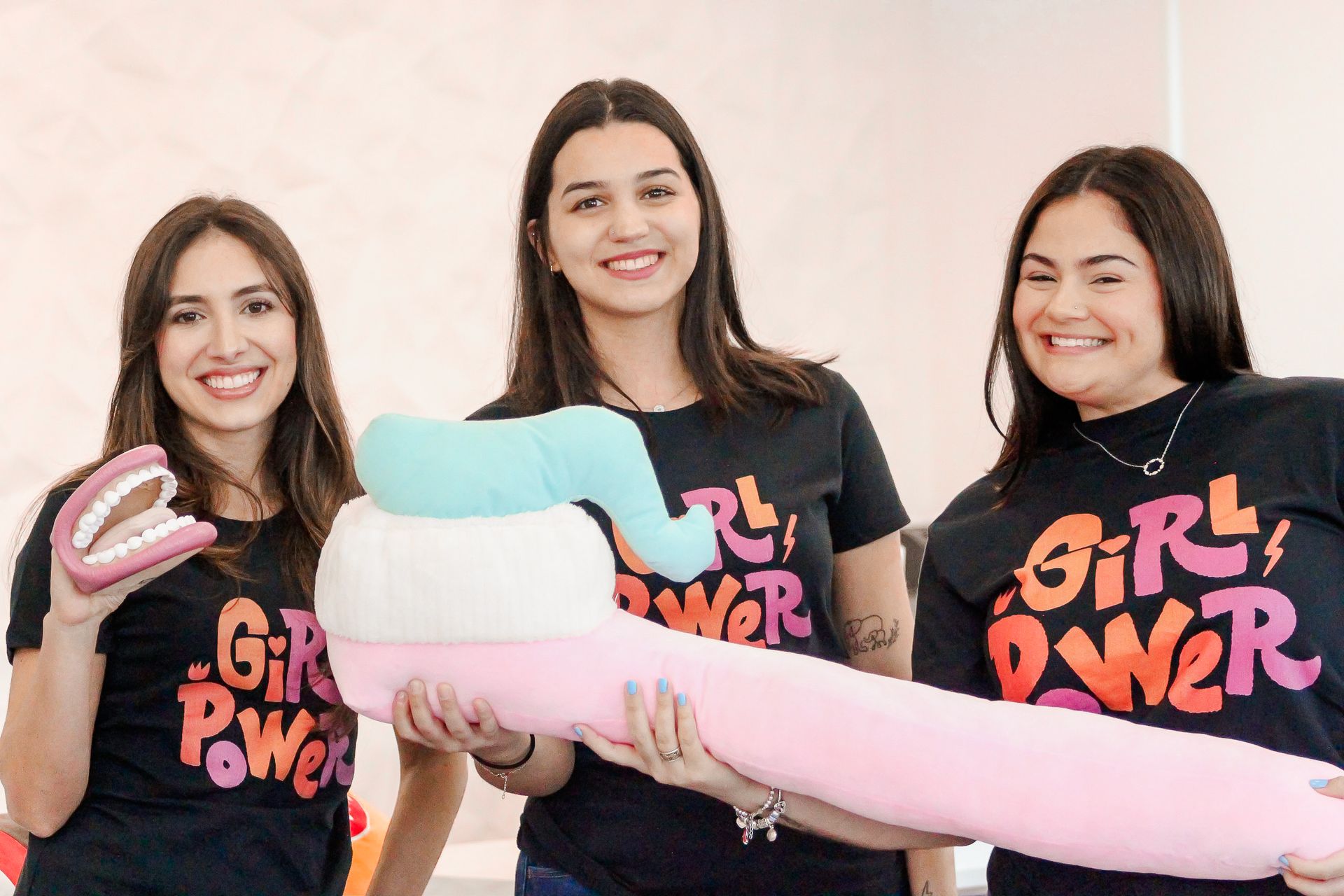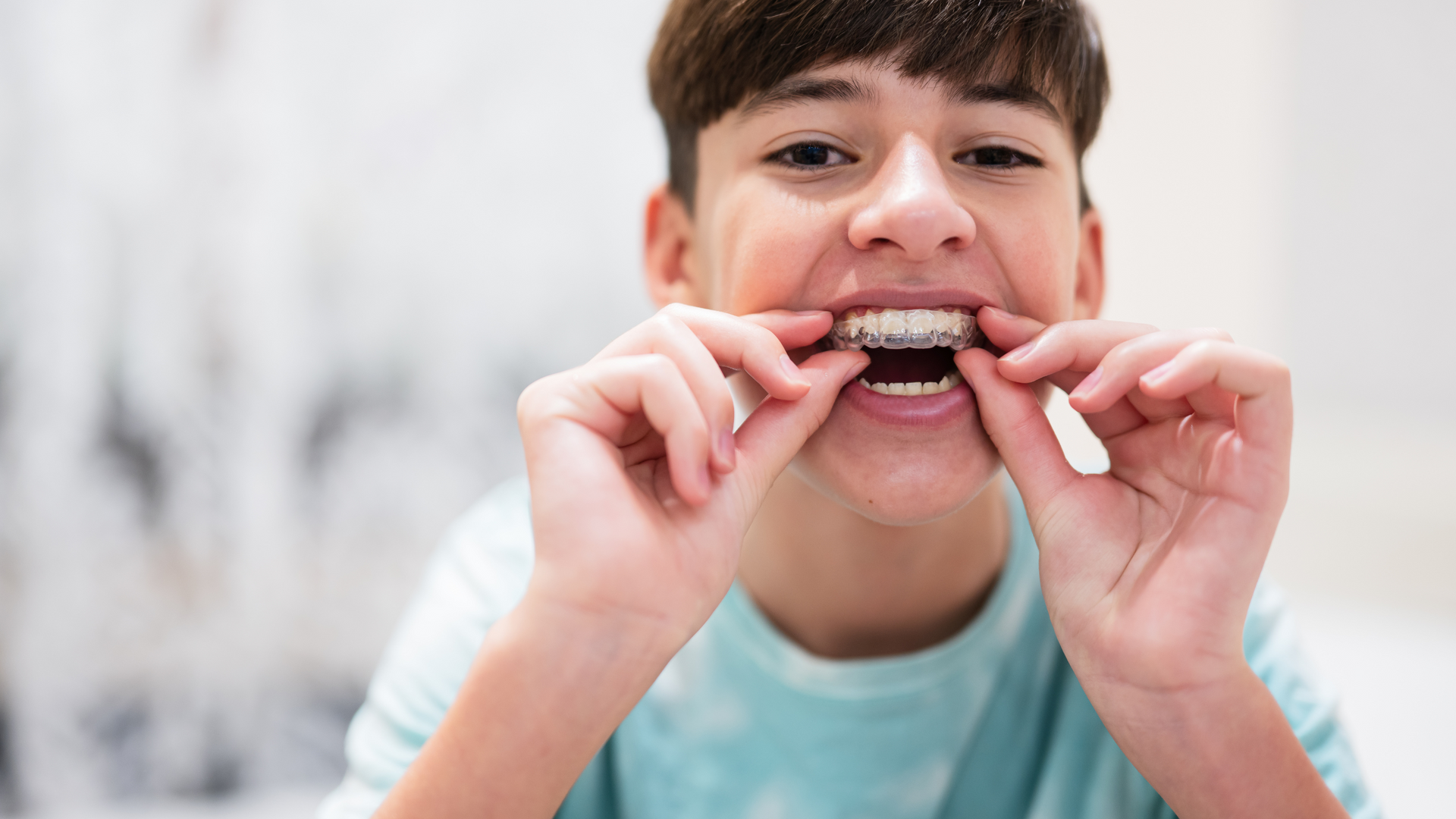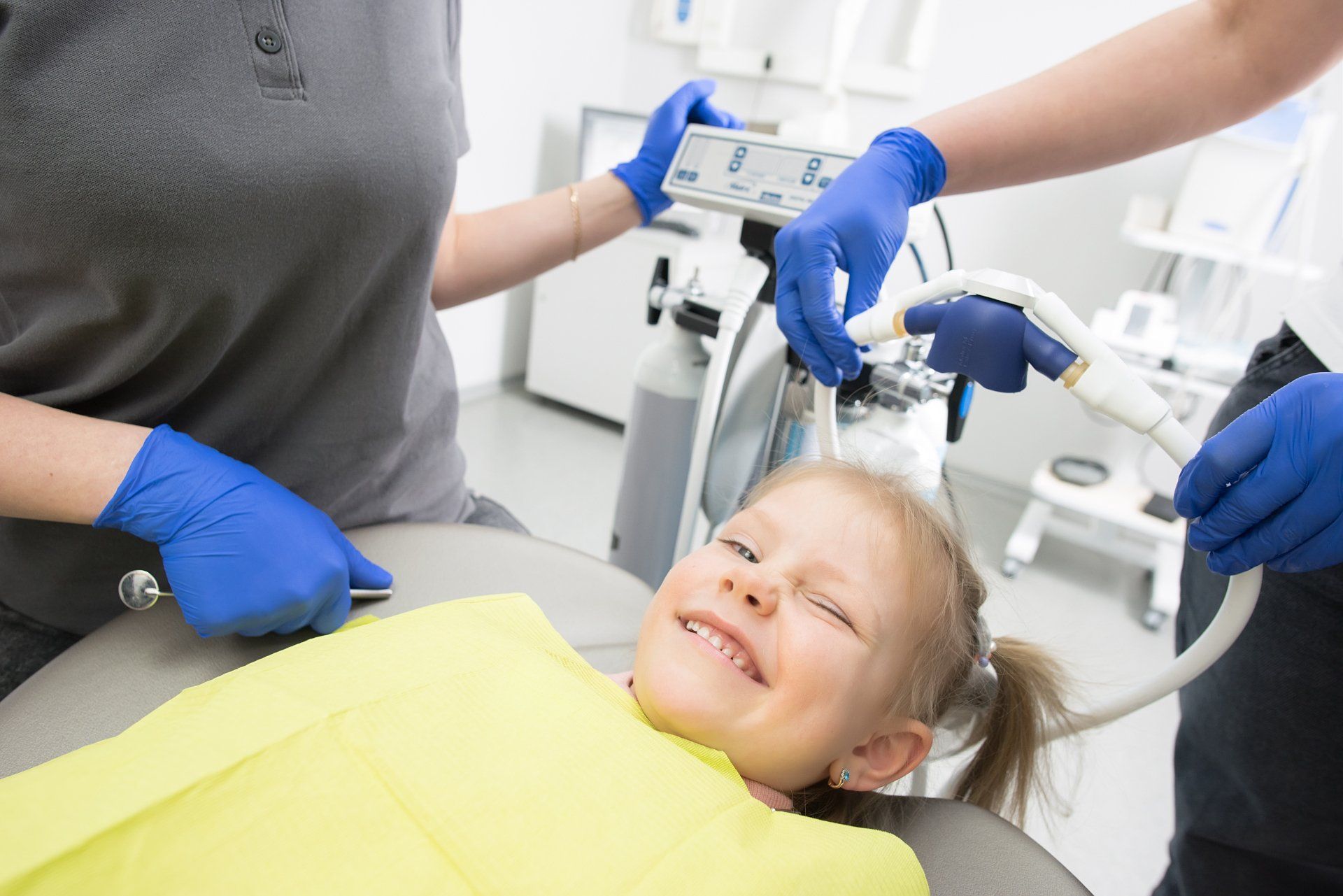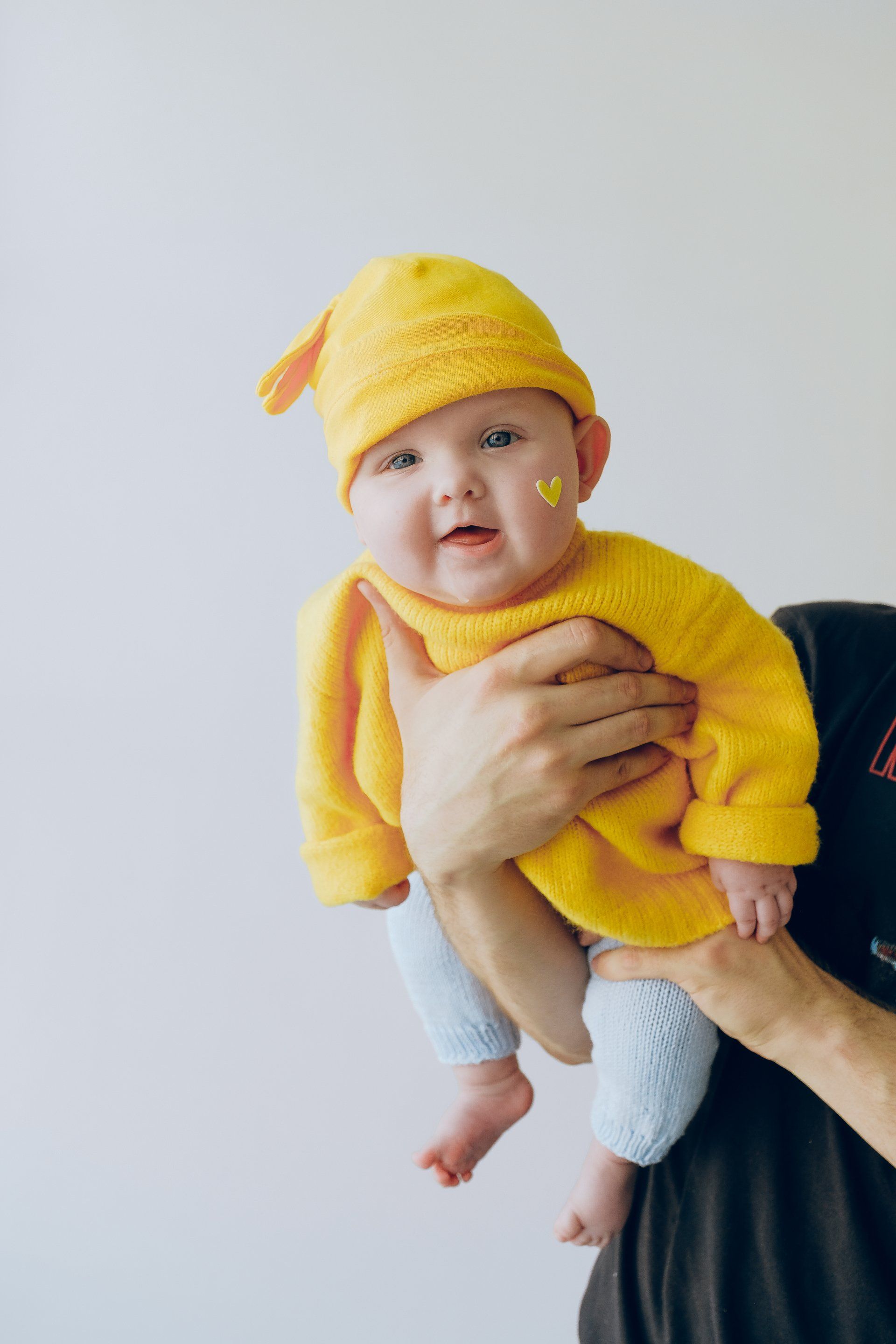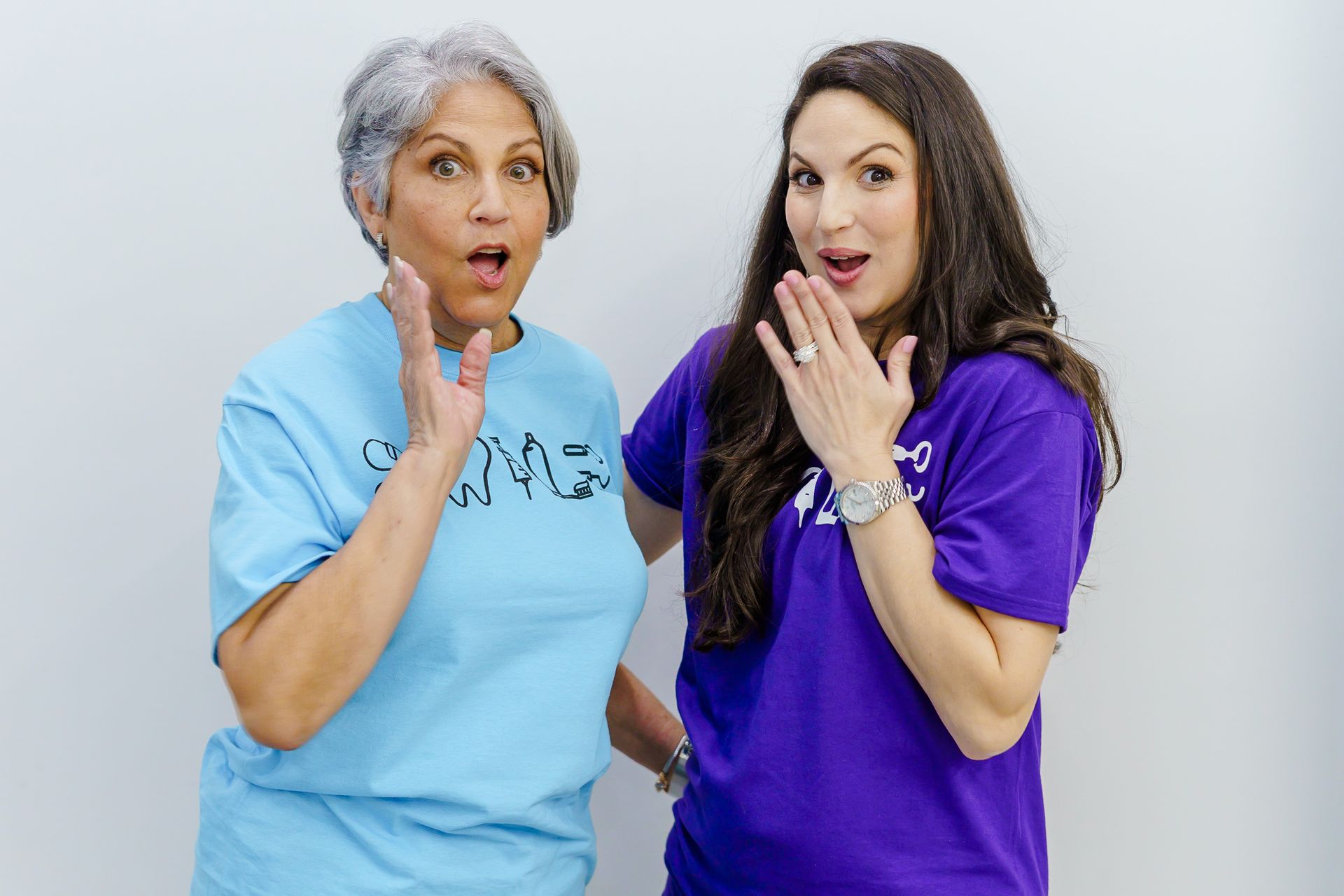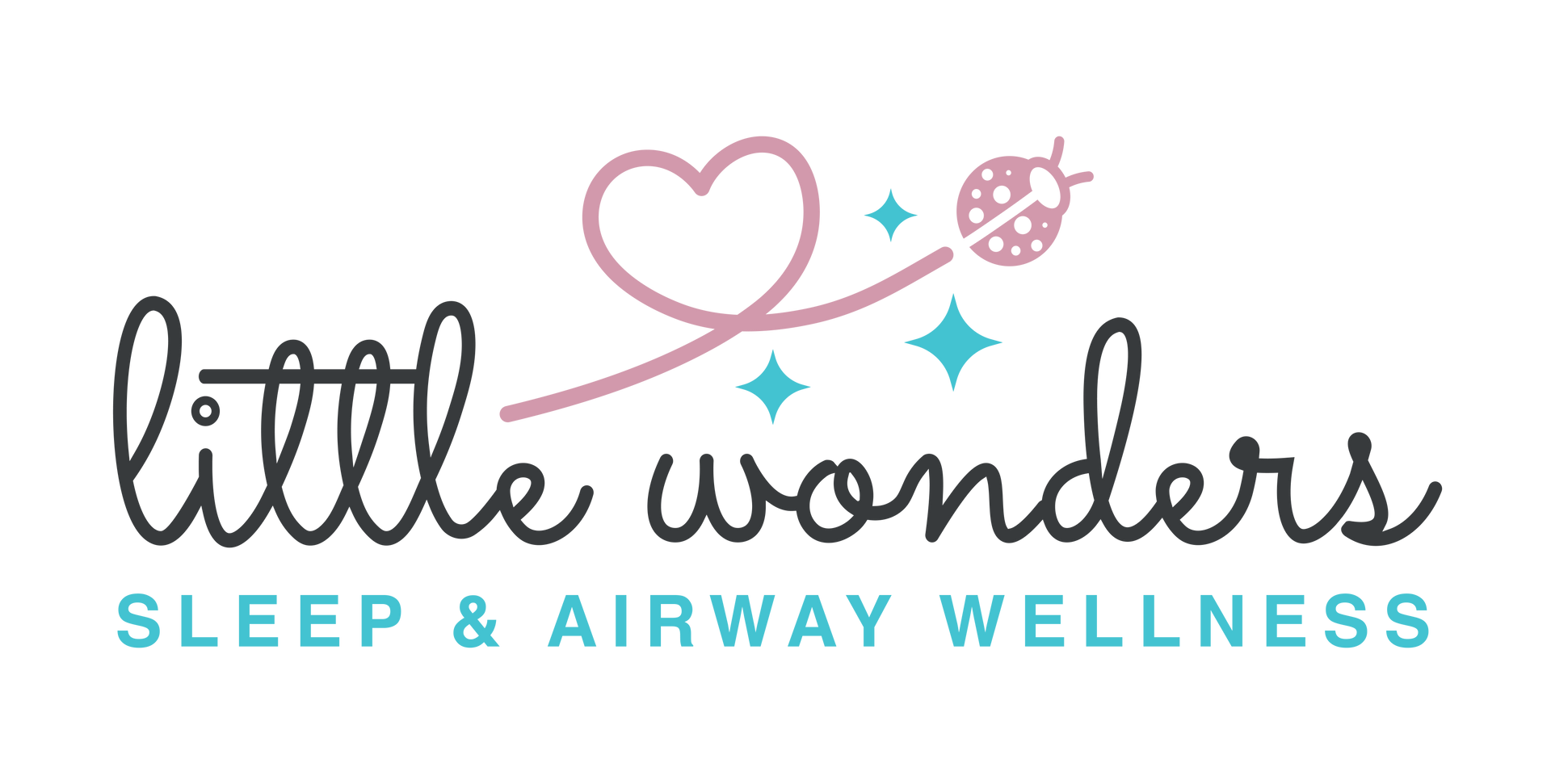Nitrous Oxide and General Anesthesia
Experience the benefits of nitrous oxide and general anesthesia at Journey Kids Dental for a comfortable and stress-free dental visit for your child.
Nitrous Oxide and General Anesthesia: Ensuring Comfort and Ease
What is Nitrous Oxide?
Nitrous oxide, also known as laughing gas, is a mild sedative inhaled through a mask that helps children relax during dental procedures while keeping them awake and responsive. It works quickly and wears off shortly after the treatment is complete.
Benefits of Nitrous Oxide
- Reduced Anxiety: Helps calm nervous children.
- Quick Recovery: Effects wear off rapidly, allowing children to resume normal activities soon after the procedure.
- Safe and Effective: Provides a pain-free experience with minimal side effects.
What is General Anesthesia?
General anesthesia involves putting your child into a deep sleep, ensuring they are completely unaware and pain-free during the procedure. It is typically used for more complex dental treatments or for children with severe anxiety or special needs.
Benefits of General Anesthesia
- Comprehensive Care: Allows for multiple procedures to be completed in one visit.
- No Awareness of Procedure: Ideal for children who are extremely anxious or have difficulty staying still.
- Thorough Monitoring: Administered by trained professionals, ensuring your child’s safety throughout the procedure.
Is Sedation Safe?
Yes, both nitrous oxide and general anesthesia are safe when administered by our experienced team. We follow strict protocols to monitor your child’s vital signs and ensure their well-being throughout the procedure.
Preparing for Sedation
Before the appointment, we will provide detailed instructions on how to prepare your child, including fasting guidelines and post-procedure care.
Conclusion
Nitrous oxide and general anesthesia at Journey Kids Dental offer effective solutions for a comfortable and stress-free dental experience. Contact us to learn more about our sedation options and schedule an appointment.
